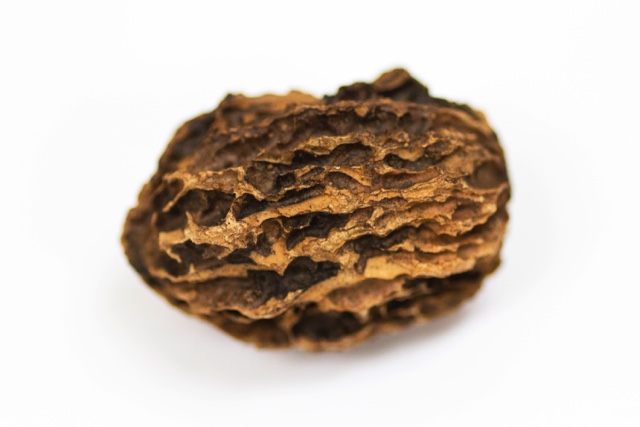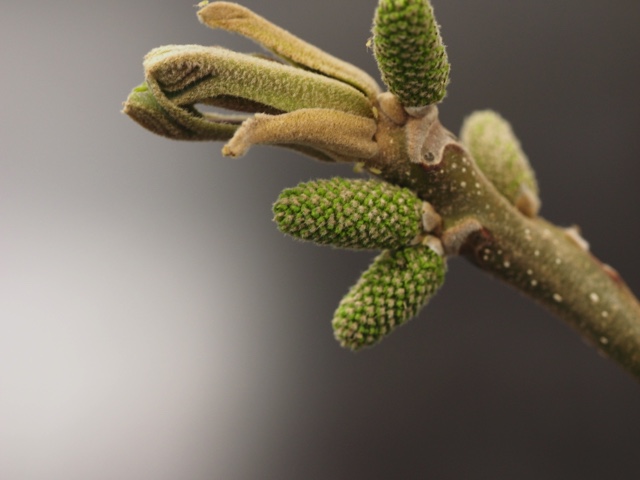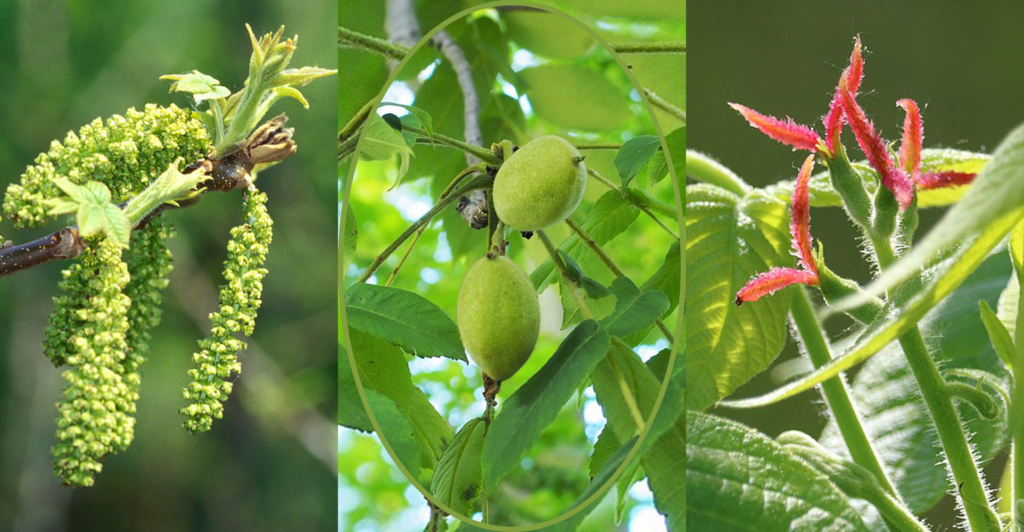This post has been republished with author permission. The original post, published by the University of Connecticut, is available here.
An international collaboration reveals the genetic secrets of endangered species.
Butternuts are soft and oily, with a light walnut flavor that lingers on the tongue. But few Americans have tasted this endangered native. Now, University of Connecticut undergraduates have published the first full map of the unusual tree’s DNA in G3: Genes|Genomes|Genetics.

The butternut is just the first in an ambitious effort to record the DNA of overlooked endangered species before they’re gone. Pumpkin ash, deep sea zigzag coral, and the red-vented cockatoo are a few of the other organisms whose genes are getting thoroughly sequenced by the Biodiversity and Conservation Genomics team at the University of Connecticut’s Institute for Systems Genomics. The program provides undergraduates with a full year of training in how to sequence, reconstruct, and describe the full genetic code of a single species. Other members of the team include Oxford Nanopore Technologies and scientists at the Institute for Systems Genomics (ISG). Students working on specific species also collaborate with people on the ground making restoration and conservation decisions. For the butternut, this includes the US Department of Agriculture Forest Service.
What all the organisms they’re sequencing have in common is that they are endangered species that don’t have a history of major agricultural, medical, or scientific uses.
The butternut Juglans cinerea, for example, is a species of walnut native to North America that looks similar to black walnut but has elongated nuts that are very oily. It was occasionally collected for its oil and harvested for its wood. Butternut trees are now disappearing as a fungus imported from Asia kills them off, with the few survivors tending not to be pure butternut but rather hybrids of Japanese walnut, which interbreeds with butternut easily and has some fungal resistance. Pumpkin ash is one of the 16 species of North American ash being killed off by emerald ash borer insects. The red-vented cockatoo is critically endangered by habitat loss and poaching for pets. And deep-sea corals are threatened by the acidification of the oceans, which threatens their ability to create their skeletons of calcium carbonate.
Many of these organisms are not well studied scientifically. Until recently it was extremely time consuming and costly to sequence an organism’s DNA. Often there are no reference genomes, or full sequences of their genetic code, for entire families of organisms.
“Deep sea coral genomes are incredibly sparse. There are two published out of 5,000 species! This one could be the third,” says ISG Director and genome biologist Rachel O’Neill, who is a co-investigator on the project.
Deep sea coral genomes are particularly interesting because deep water, much like ocean acidification, makes it difficult for corals to grab calcium carbonate out of the water, and yet deep sea corals manage to do it anyway. Understanding which of the genes make this possible could also help us understand how shallow water corals could survive acidification.
Other organisms might have other secrets. Fungal diseases spread by the horticultural trade are rapidly killing off trees in the great forests of Asia, Europe, and the Americas. Sequencing the genomes of related species that evolved with different diseases—such as the butternut and the Japanese walnut—could give valuable insights into which genes provide which type of resistance. It might enable us to save species by replacing a single gene. Even though the Japanese walnut is not endangered, the team is sequencing its genome this year, for this very reason.
“We’re interested in knowing how much of the butternut population is already hybridized with Japanese walnut, and what is contributing to the genetic resistance,” to the fungal infection, says computational biologist Jill Wegrzyn, lead investigator on the team.
And in addition to the practical interest in sequencing these genomes, it’s also interesting simply because they are different from anything else anyone has ever looked at. The ploidy, or number of chromosome copies, can be wildly different than anyone had assumed. Most animals are diploid: they have two copies of each chromosome, one from mom and one from dad. Some plants can be tri- or tetraploid, meaning they have three or four copies of each. But the pumpkin ash tree the team is sequencing this year goes way beyond.
“It’s…maybe…octaploid!” says Emily Strickland, a University of Connecticut student. She started work on the pumpkin ash as an independent research project, found it rather more complex than anyone expected, and is now working on it as part of the Biodiversity and Conservation Genomics team.
The program started last year with a grant from the University of Connecticut, College of Liberal Arts and Sciences Earth and Its Future initiative, and has subsequently been supported by the ISG, with material support from Oxford Nanopore Technologies and Org.one, of which the Center for Genome Innovation in the ISG is an international partner. Org.one is an Oxford Nanopore project to develop high quality assemblies of the genomes of a number of critically endangered plant and animal species. Oxford Nanopore’s DNA/RNA sequencing technology offers real-time analysis that can sequence any length of fragment, from short to ultra-long, and flexibility that is necessary for assembling reference genomes. If the genome was a book, this would be whole phrases instead of single words, making it much faster to assemble.
For many of the 11 undergraduates on the project, this is their first research experience. And several of them chose it because of its practical impact.

“I really liked the idea of using computational techniques to solve problems immediately. On the conservation side, we can do so much,” says Emily Trybulec. She was one of the team members who sequenced the butternut genome last year and wrote the paper they’ve just published, and she’s returned as a mentor this year. Other students point out that doing real research as a part of this project is completely different from a typical classroom experience in which everything is designed to work.
“It forces you to reach out and collaborate, and look for answers yourself, before you ask for help,” Harshita Akella says.
The Biodiversity and Conservation Genomics team’s reference genome of the butternut tree can be found here: https://gitlab.com/PlantGenomicsLab/butternut-genome-assembly.




